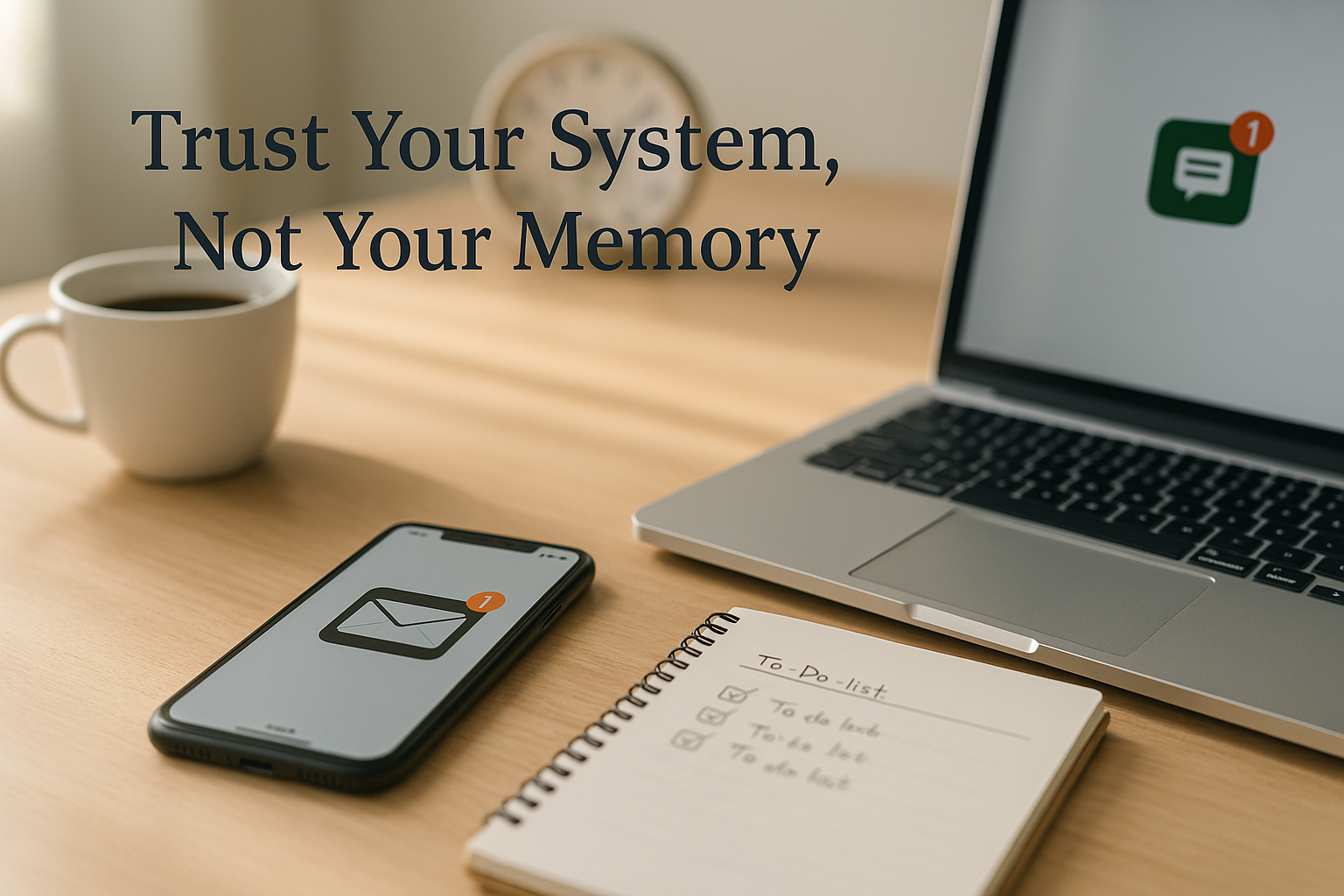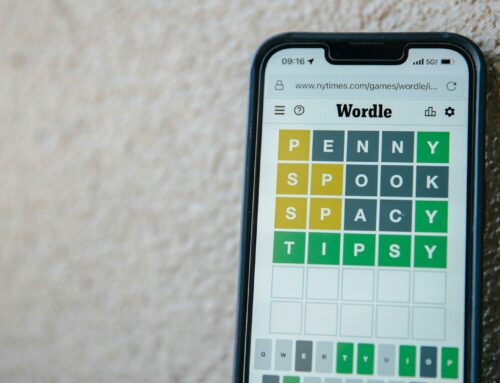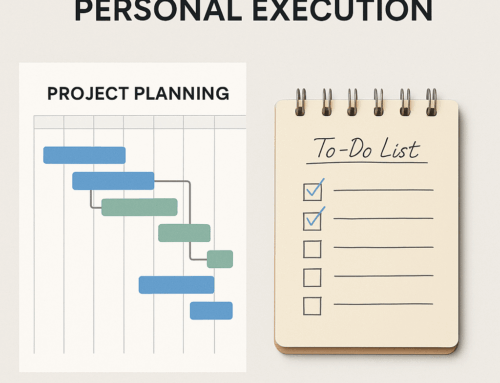In today’s global work environment, email and instant messages are the lifeblood of collaboration. On any given day, you might check them from your laptop, tablet, or mobile device — between meetings, during a commute, or while making coffee.
You might glance at a message, instantly understand what’s being asked of you, and think, “I’ll handle this later.” But then the day speeds up. More notifications arrive. By the time you remember that message, it’s buried deep under a growing pile of unread items.
It’s not a question of carelessness — it’s a question of cognitive limits. Our short-term memory can only hold a handful of items at once, and only briefly. As psychologist George A. Miller described in his classic paper, “The Magical Number Seven, Plus or Minus Two,” our minds can typically manage only about five to nine discrete pieces of information at any given time. That means even a single distraction can overwrite what we just read or planned to do. Unless we capture a message somewhere external, it simply fades.
That’s why the discipline of checking messages isn’t enough. You can read every email and still miss something important if it never makes the leap from your mind into a reliable system that remembers for you.
The Discipline of Daily Processing
The antidote to missed messages isn’t another app or reminder — it’s consistent discipline.
Make checking your emails and messages a non-negotiable part of your morning routine.
This isn’t to say you should only check messages in the morning. Of course, you’ll read and respond to them throughout the day — as part of your normal workflow.
The purpose of the morning routine is different: it’s your fail-safe. It’s the daily checkpoint that catches anything you may have missed, forgotten, or left hanging amid the rush of the previous day.
Sometimes you’ll be confident that you’ve already captured every new task or follow-up — but do the drill anyway. You’ll be surprised how often a message, a quick chat, or a small promise slips through unnoticed. Our memory is far less reliable than we’d like to believe.
The keyword here is process, not respond.
You don’t need to execute every task immediately. The goal is to recognize, decide, and record each actionable message into your trusted system — your to-do list, task manager, or follow-up tracker.
If something takes less than two minutes, feel free to complete it right away. But for everything else, your mission is simple: get it out of your head and into your system.
Please note, when you do this every day, you’re only processing messages from the last 24 hours. Most apps even label them as “yesterday”, making it easy to spot and clear anything that arrived since your last check. It’s a light lift — a daily reset that keeps your system current and trustworthy.
The Trap: Don’t Run With the First “Important” Task
During this message review, you’ll often come across a task that feels urgent, exciting, or personally meaningful. The temptation is to drop everything and start on it immediately.
Resist that urge.
When you dive into one task before finishing your review, the rest of your messages remain unprocessed — which means hidden risks and unfinished requests still lurk in your inbox. You lose visibility before you’ve even begun.
Treat this step like triage: finish the scan, then decide what truly deserves your attention next.
This simple act separates reactive busyness from intentional productivity.
Conclusion: Trust Your System, Not Your Memory
Our minds aren’t built to hold dozens of digital threads at once. Important messages slip not because we’re inattentive, but because we rely on a system — short-term memory — that isn’t made for this world of endless input.
True productivity comes from trusting your system, not your memory. When you build the daily habit of message processing, you’re not just tidying your inbox — you’re designing reliability into your day.
It’s a quiet form of professionalism: ensuring that nothing meaningful depends on chance or recall.
And the result?
Peace of mind, clearer focus, and the confidence that every message — and every responsibility — is exactly where it should be.
Subscribe to my newsletter, to get tips like this and more, directly in your inbox!
(Originally published in Times of India on October 10, 2025)






